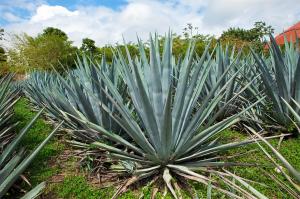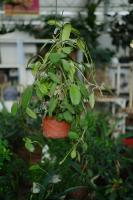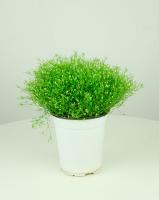Can I Paint My Plastic Plant Pots?
Plant pots serve as a great way to display your plants both indoors and outdoors. Plastic plant pots, in particular, are very popular because they are lightweight, durable, and affordable. However, if you’re looking to give your plastic plant pots a unique touch, you may be wondering if you can paint them. The short answer is yes, you can paint your plastic plant pots. In this article, we’ll explain how to do it and offer some tips to help you achieve the best results.
How to Paint Plastic Plant Pots
The key to painting plastic plant pots is to prepare them properly before painting. Here’s how to do it:
Clean the plastic plant pots thoroughly with soap and water. Dirt and debris can interfere with proper paint adhesion, so it’s important to start with a clean surface.
Sand the plant pots lightly with 220-grit sandpaper. This will help roughen the surface and give the paint something to adhere to.
Apply a primer designed for plastic surfaces. This will help the paint adhere properly and provide a smoother finish. Be sure to follow the manufacturer’s instructions for application.
Paint the plant pots with your chosen paint. You may need to apply 2-3 coats to achieve full coverage. Allow each coat to dry completely before applying the next.
Finish with a clear sealer to protect the paint from chipping and peeling.
Tips for Painting Plastic Plant Pots
Now that you know how to paint plastic plant pots, here are some tips to help you achieve the best results:
Choose a high-quality paint that is suitable for plastic surfaces. Look for paints that are specifically designed for use on plastics or consider using spray paint for an even finish.
Before painting your plastic plant pots, take into account the humidity and temperature conditions. The best conditions for painting are low humidity and mild temperatures, preferably between 60 and 80 degrees Fahrenheit.
Consider using stencils or painters tape to create more intricate designs or patterns on your plant pots.
If you’re painting multiple plant pots, be sure to label them so that you can keep track of which paint colors you used on each pot.
Avoid using abrasive cleaning materials or tools on your painted plant pots, as these can scratch the surface of the paint and cause it to peel or chip.
Conclusion
If you’re looking to add some personality to your plastic plant pots, painting them can be a great way to achieve a unique look. Just make sure to properly prepare your plant pots before painting and use high-quality materials for the best results. With a little effort and creativity, you can transform your plastic plant pots into beautiful, personalized pieces that showcase your gardening skills and style.

 how many times do yo...
how many times do yo... how many planted tre...
how many planted tre... how many pine trees ...
how many pine trees ... how many pecan trees...
how many pecan trees... how many plants comp...
how many plants comp... how many plants can ...
how many plants can ... how many plants and ...
how many plants and ... how many pepper plan...
how many pepper plan...































